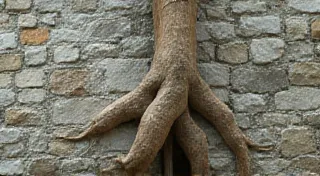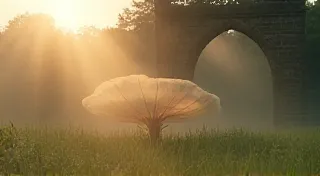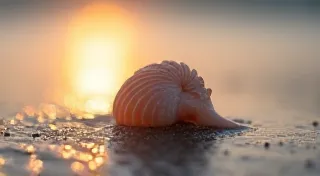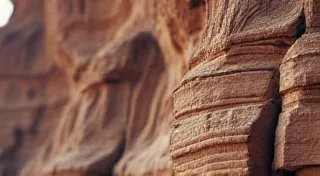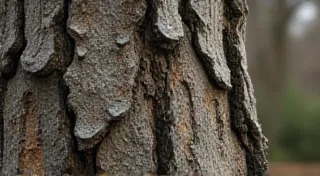From Specimen to Soul: Infusing Scientific Accuracy with Artistic Expression
There’s a peculiar kind of reverence I feel when I’m rendering a botanical specimen with pen and ink. It’s not merely about replicating what’s before me, but about understanding it, honoring it, and allowing that understanding to inform a creative expression. This isn't just botanical illustration; it’s a dialogue between observation and artistry, a merging of the precise world of scientific documentation with the liberating joy of artistic interpretation.
My journey into this niche began unexpectedly. As a child, I was obsessed with antique accordions – the bellows, the keys, the intricate mechanical workings all fascinated me. The scent of aged wood, the feel of the worn leather, the way they whispered stories of music and travel - these things resonated deeply within me. I became fascinated not just with the *sound* of these instruments, but with the craftsmanship, the years of dedication and skill poured into each one. It's a similar feeling I get when studying a perfect leaf; you’re not just looking at something green, you’re looking at a lifetime of photosynthesis, adaptation, and quiet resilience. That appreciation for the legacy of creation is key to truly engaging with botanical illustration.
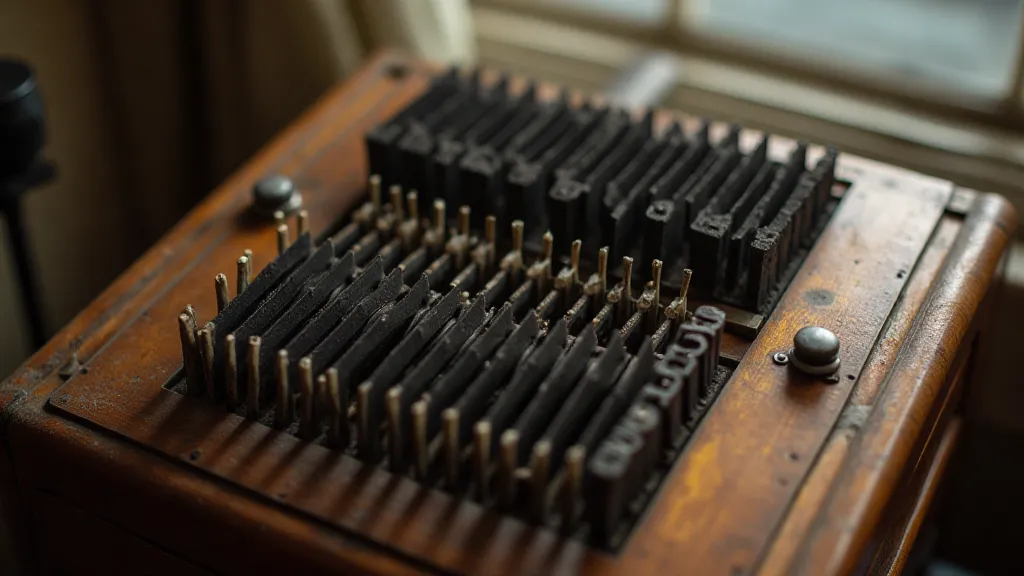
The Foundation: Scientific Rigor and Observation
Botanical illustration isn't merely about pretty pictures. Historically, it served as a vital tool for scientific documentation, particularly during periods of exploration and plant discovery. Think of the stunning illustrations in early botanical texts – they weren’t created for aesthetic pleasure alone. They were records, intended to allow scientists and researchers to identify and study plants regardless of physical access to the original specimens. The integrity of these illustrations depended on their accuracy. A misplaced vein, an inaccurate depiction of a petal's structure, could lead to misidentification and flawed research.
This demand for accuracy has profoundly shaped the techniques we use today. Before you even touch a pen, the act of *observing* becomes paramount. It’s not enough to glance at a flower; you need to dissect it in your mind’s eye. Notice the subtle gradations of color, the intricate patterns of the veins, the way the light plays across the surface. Consider the plant's anatomy – the arrangement of its petals, the structure of its stem, the purpose of its leaves. Understanding the *why* behind the form will translate into a more authentic and compelling depiction.
Rendering Plant Textures: A Tactile Approach
The challenge in pen and ink lies in capturing the full range of textures found in nature – the velvety softness of a rose petal, the prickly surface of a thistle, the smooth sheen of a succulent leaf. This isn’t achieved through simple shading; it demands a conscious effort to replicate the *feel* of the plant. Think about how your fingers would interact with the surface. Would it be rough or smooth, dry or moist, delicate or sturdy?
Hatching and cross-hatching are your primary tools. The closer the lines, the darker the value. Vary the angle and direction of your lines to suggest different textures. Short, broken lines can suggest a rough or prickly surface, while long, flowing lines can convey a sense of softness or fluidity. Don't be afraid to experiment! There's no single “correct” way to render a texture; it’s about finding what works best to communicate the tactile sensation to the viewer.
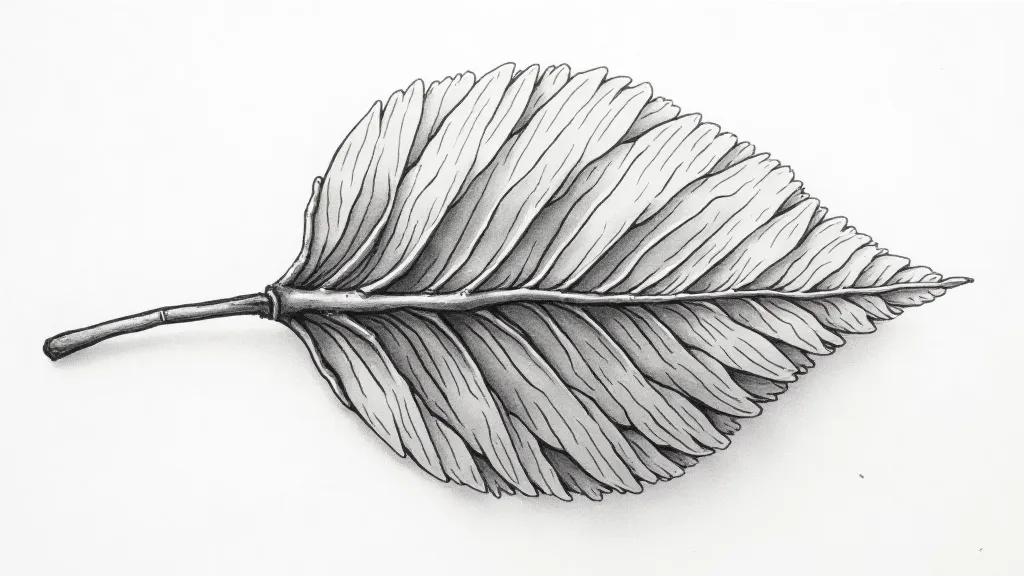
Shading in Pen and Ink: Mastering Value and Form
Value is crucial for creating the illusion of three-dimensionality. Without a clear understanding of light and shadow, your illustrations will appear flat and lifeless. Observe how light interacts with the plant. Where are the highlights? Where are the shadows? How does the light wrap around the form?
Start by identifying the light source and establishing a clear value range. Use a range of tones, from the darkest shadows to the brightest highlights, to create depth and contrast. Gradual transitions between values will create a sense of smoothness, while abrupt changes in value will create a more dramatic effect.
The Watercolor and Ink Combination: Expanding Your Palette
While pen and ink offer incredible control and detail, they can sometimes feel limited in terms of color. That’s where the combination of watercolor and ink can be truly transformative. The crisp lines of the ink provide structure and definition, while the washes of watercolor add warmth, vibrancy, and a sense of atmosphere.
Start by sketching your composition with ink, then use watercolor to fill in the areas you want to color. Experiment with different watercolor techniques – wet-on-wet for soft, diffused colors, and dry brush for textured effects. Don't be afraid to layer colors and experiment with different combinations.
Drawing Botanical Details: Precision and Patience
The devil, as they say, is in the details. Botanical illustrations often require a remarkable level of precision, particularly when depicting intricate structures like flower petals, leaf veins, or seed pods. Patience and a steady hand are essential.
Use a fine-tipped pen for drawing the most delicate details. Work slowly and deliberately, paying close attention to the shape and placement of each element. Use a magnifying glass if necessary. Remember that accuracy is paramount.
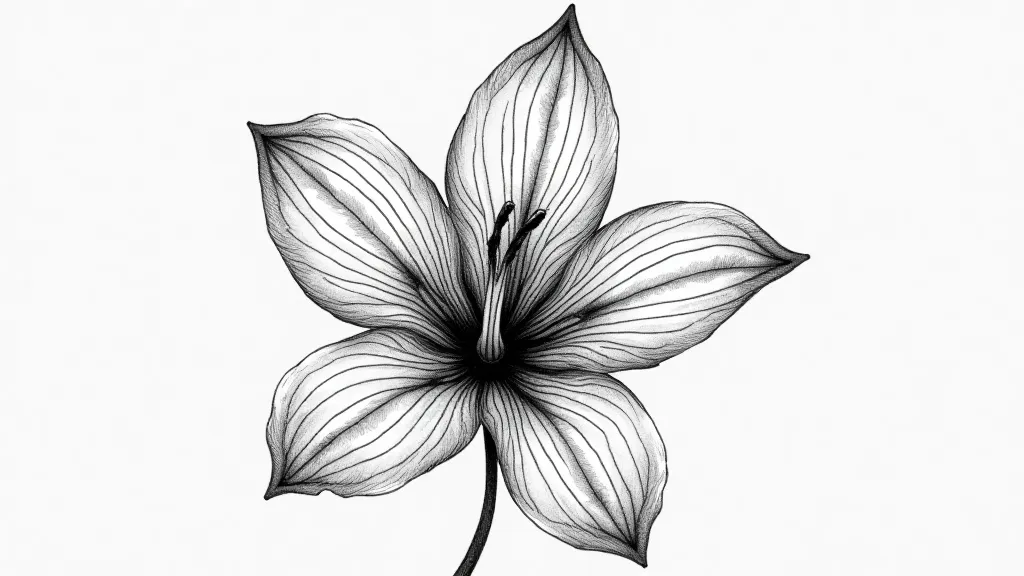
Finding Your Unique Style: The Soul of the Illustration
While scientific accuracy provides the foundation, the ultimate goal is to infuse your illustrations with your own artistic expression. Don’t be afraid to deviate from the strict rules of botanical illustration and experiment with different techniques and styles.
Consider the overall mood you want to create. Do you want your illustrations to be realistic and detailed, or more stylized and expressive? Explore different compositions, perspectives, and color palettes. The goal is to find a style that is both technically sound and aesthetically pleasing – a style that reflects your own unique vision.
Just as the antique accordion represents more than just an instrument – it embodies history, craftsmanship, and the passion of generations – your botanical illustrations should strive to do the same. They should be a testament to the beauty and complexity of the natural world, and a reflection of your own artistic soul.
